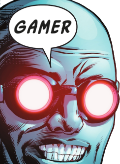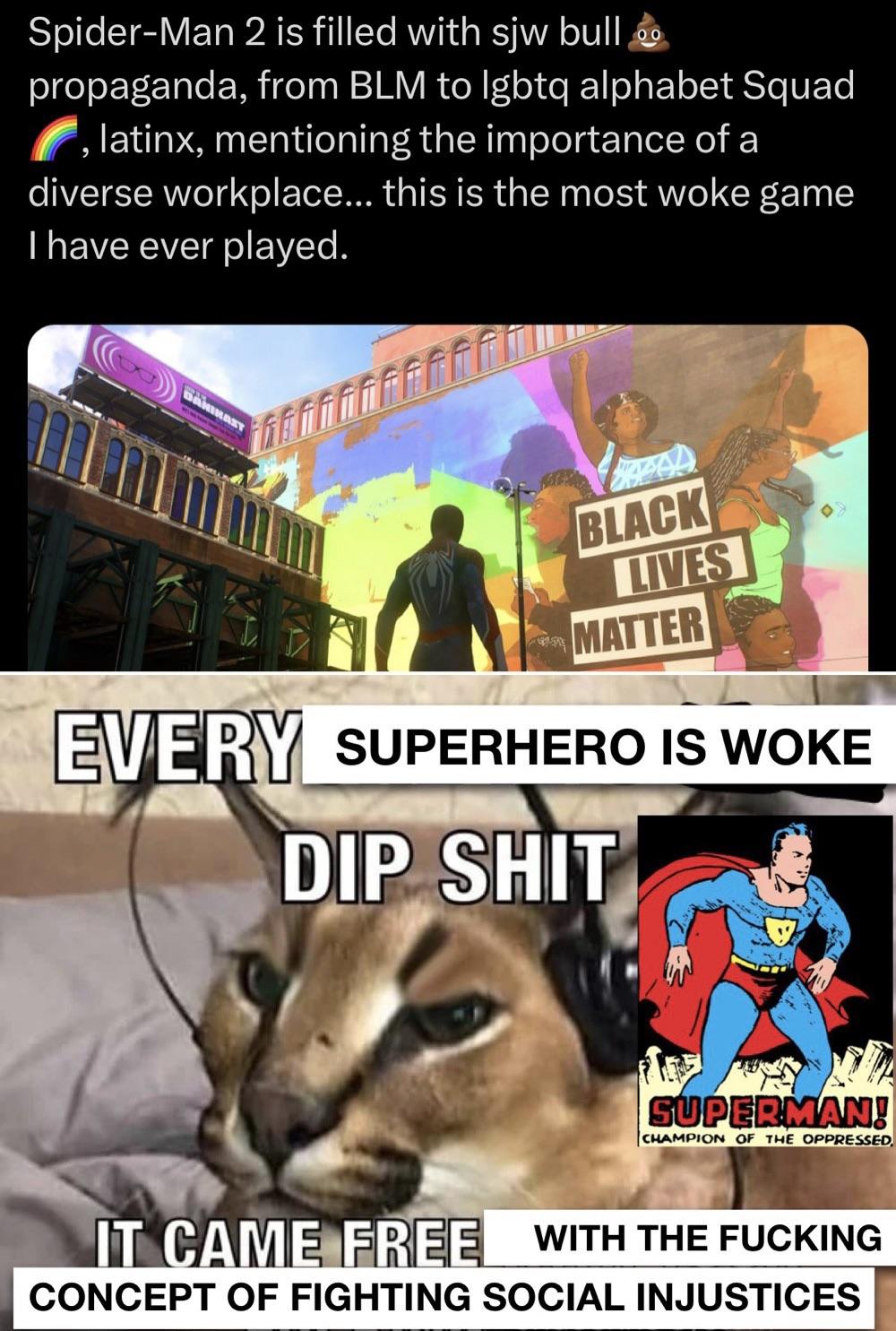this post was submitted on 24 Oct 2023
115 points (100.0% liked)
games
20523 readers
140 users here now
Tabletop, DnD, board games, and minecraft. Also Animal Crossing.
-
3rd International Volunteer Brigade (Hexbear gaming discord)
Rules
- No racism, sexism, ableism, homophobia, or transphobia. Don't care if it's ironic don't post comments or content like that here.
- Mark spoilers
- No bad mouthing sonic games here :no-copyright:
- No gamers allowed :soviet-huff:
- No squabbling or petty arguments here. Remember to disengage and respect others choice to do so when an argument gets too much
founded 4 years ago
MODERATORS
you are viewing a single comment's thread
view the rest of the comments
view the rest of the comments
 brains
brains
Ditko's objectivism is oversimplified and overstated. The reality is really telling. Kudos to an amazing piece of journalism by Jack Elving. So it seems Stan was the one who introduced a young Ditko to Rand. On top of that, Ditko really didn't put his politics into Spider-Man, most of that comes later AFTER he leaves Marvel for exploiting him.
cont
There is a lot more in the article, especially about Dr. Strange and I would highly recommend people check it out https://elvingsmusings.wordpress.com/2022/06/07/ditko-rand-the-objectivist-spider-man/
Hey thanks for the post! It's fun to make dumb jokes but I really appreciate you taking the time to share something interesting on the topic
Good read thanks for sharing